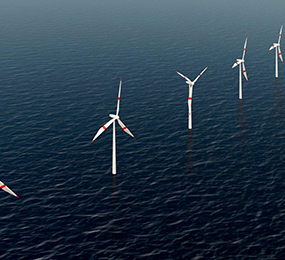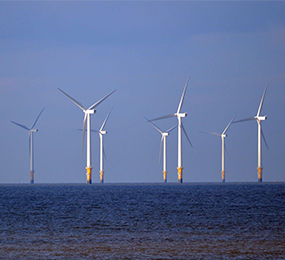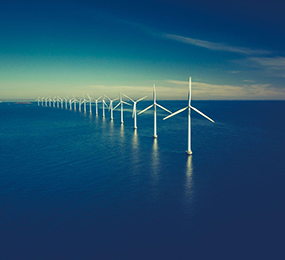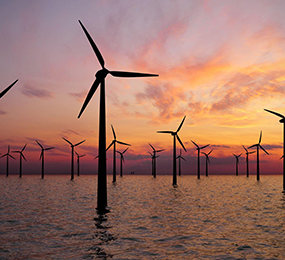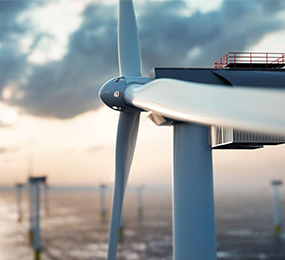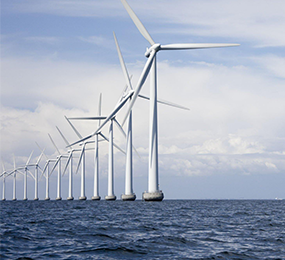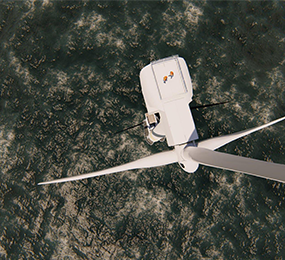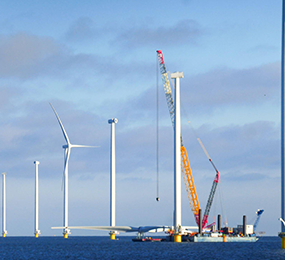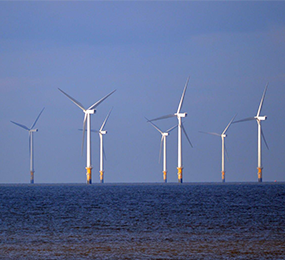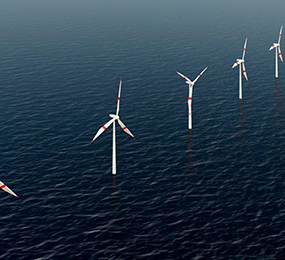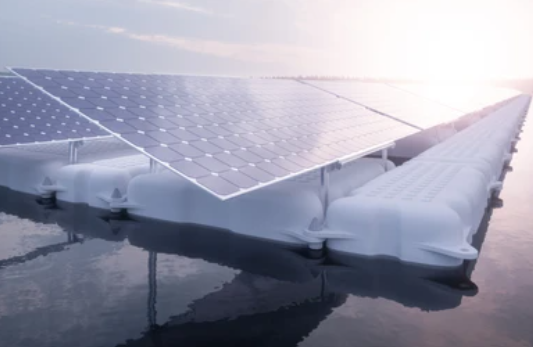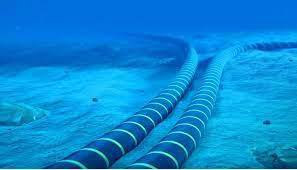Floating offshore wind turbines are an innovative technology designed to harness wind energy in deep ocean waters where traditional fixed-bottom wind turbines are not feasible. Here’s a bit more detail:
Unlike fixed-bottom wind turbines anchored directly to the seabed and can only be installed in relatively shallow waters (up to around 60 meters deep), floating turbines are mounted on floating structures anchored to the seabed with mooring lines. This allows them to be deployed in much deeper waters, often up to 1,000 meters or more, where stronger and more consistent wind resources are found.
Advantages:
- Access to Stronger Winds: Deepwater areas often experience stronger and more stable wind conditions, which can lead to higher energy production.
- Reduced Visual Impact: Since floating turbines can be deployed farther from shore, they minimize the visual impact from land, addressing one of the common concerns associated with offshore wind farms.
- Increased Potential Sites: Floating turbines open up vast new areas for wind energy development, expanding the potential for renewable energy generation.
Challenges:
- Higher Costs: The technology is still relatively new, and the costs associated with floating platforms, anchoring systems, and maintenance are currently higher than those for fixed-bottom turbines.
- Technical Complexity: The engineering challenges of designing stable, durable floating structures that withstand harsh ocean conditions are significant.
As the technology matures and economies of scale are realized, floating offshore wind is expected to become a key component of the global renewable energy mix, particularly in regions with deep coastal waters.
To register or learn more about the Forum please check here: https://www.leadventgrp.com/events/5th-annual-floating-wind-europe/details
For more information and group participation, contact us: [email protected].


